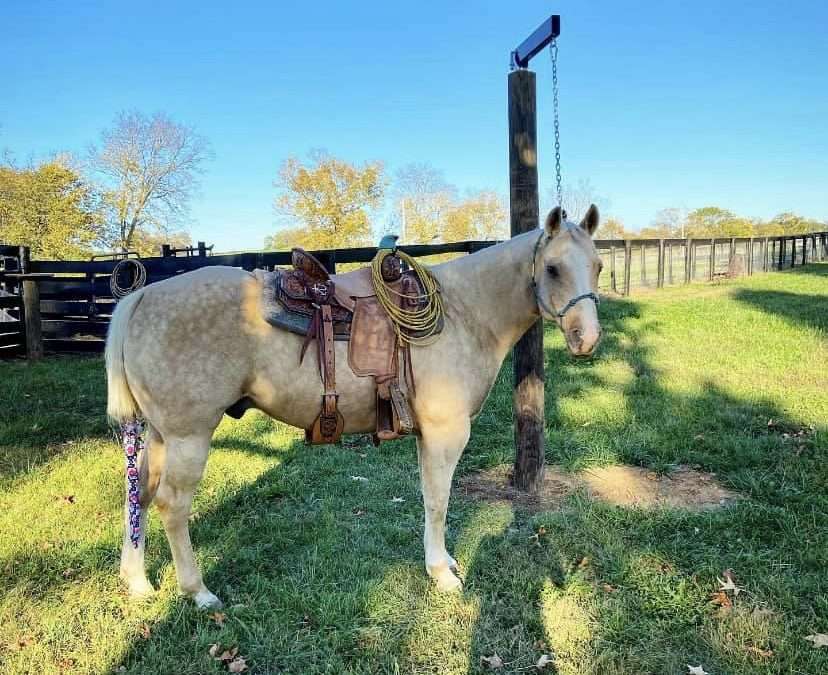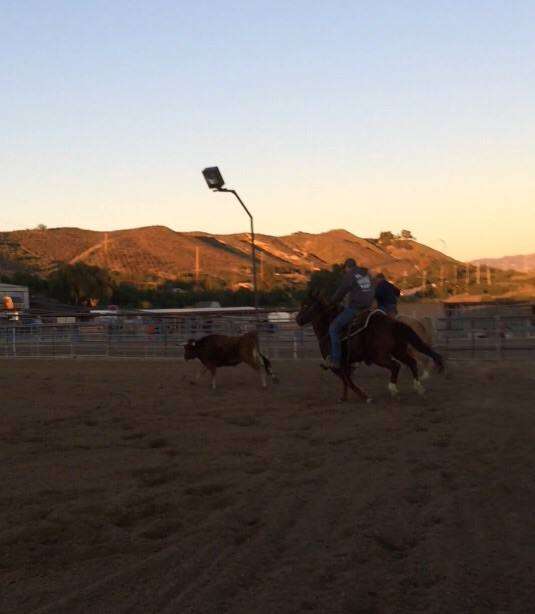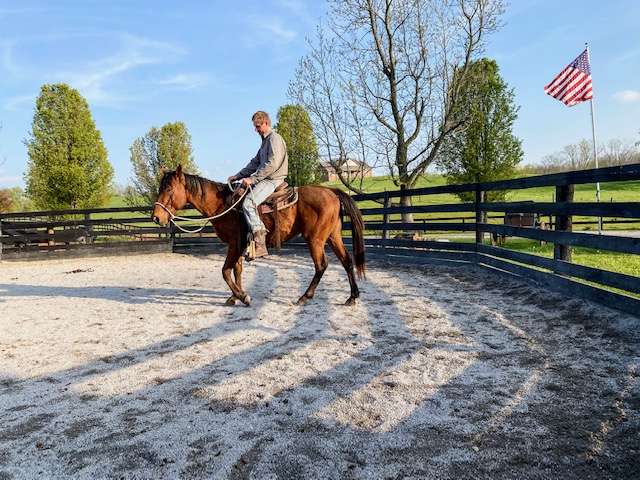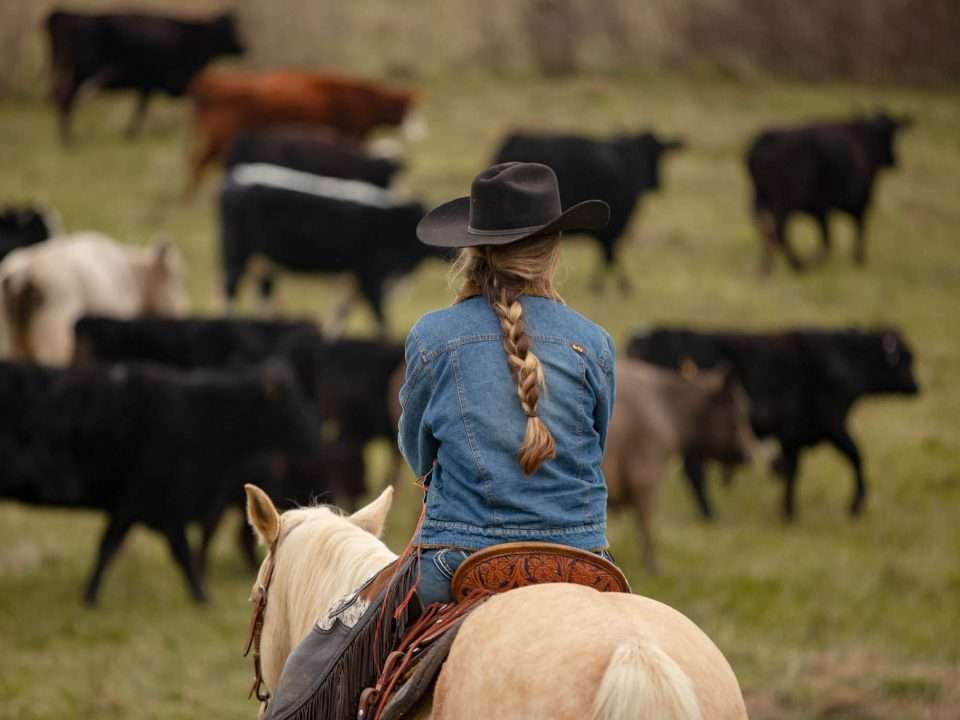Power of Patience

Big Red- SOLD
March 14, 2021
Right Horn, Left Horn, Saddle Horn
March 17, 2021We have all seen it: that horse that just will not stand still no matter what. Whether tied or asked to stand during a ride, the horse paws and gets aggravated without letting up. This can be extremely irritating and frustrating for any rider, and can greatly limit where you can go or what you can do with your horse! Patience is something that is overlooked many times when training or owning a horse, but teaching patience early on can be one of the biggest lessons that greatly benefits numerous traits and factors under saddle. One method we use at Shadow Hills Ranch on every client horse is the patience post!
The Patience Post is somewhat of a lost art in today’s modern horsemanship times, whereas they were used far more often decades ago all across the world! In essence, the Patience Post is just a place to tie the horse to teach, well, patience. Whether it be a tree, the side of a round pen, or a commercial or homemade pole designated to tying horses: the purpose and functions are all the same. The important thing is that the tie object be stable and secure!
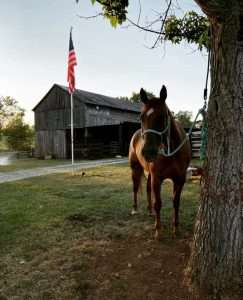
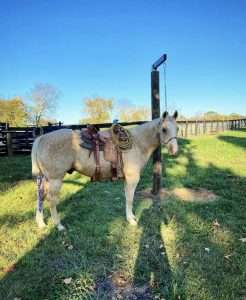
Here at Shadow Hills Ranch, we have two patience posts. Ours consist of two main parts: the post itself and swivel hardware that was manufactured in Bowling Green, Kentucky. Both posts were fifteen feet originally, five feet is buried in the ground and set in concrete for stability, and the swivel hardware is mounted on top of the post. It is an upgrade from using a tie ring mounted to a tree for sure and allows 360 degree rotation/movement to ease more fidgety horses.
The concept of tying a horse is simple: the horse must learn to stand still and will realize that movement will not make the time pass any quicker. They have full visibility of their surroundings, they do not know when they will be untied or given a job, and will come to the realization that the best way to pass the time is to relax and be patient.
The benefits of tying horses and teaching patience, especially young horses, is endless. To name a few: patient horses are over-all safer to be around, are generally less barn or buddy sour, and are less spooky.
The horse is safer to be around because when tied and asked to just relax and wait, they will not be constantly jigging or pacing/pawing. You can rely on them being tied to the trailer or a hitching post without the constant fear of pulling back or pushing you around while you saddle, stepping on feet, or flinching at every slight change of scenery or noise.
The horse becomes usually less buddy/barn sour, and also less spooky because they learn it is okay to be alone and it is okay to not be in motion. When they are tied as part of training, the horse spends a lot of time alone and away from other horses or the stall, and will be surrounded by whatever scenery is around the tie location. They will see birds, they will have machinery moving past or near, they will see other horses being worked, whatever goes on around them they are in the middle of it all! As the horse accepts patience versus constant movement, the reactive-ness to the surroundings will diminish as well as the dependence on having a buddy horse right near them at all times. The horse becomes comfortable with being alone and learns it is perfectly okay!
The utilization of a patience post in any training routine is simple as well. At Shadow Hills Ranch, we will put the horse on the patience post after the cool-down phase of each training day. This helps reinforce the independence as well as eliminate barn sourness since the horse is not immediately going back to the barn once the work is over. Done frequently enough, it becomes second nature even when the horse goes home with the client. On off days, you could utilize the tool as well. We do not as the horses we train get worked pretty good and could use days where they are allowed to just be horses!
Give it a try, you may like the results you see! If you would like to order the hardware we have for our patience posts, send us a message we would be happy to refer you to the manufacturer! For more information on how patience can aid you and your horse, check out From the Block to the Saddle!


